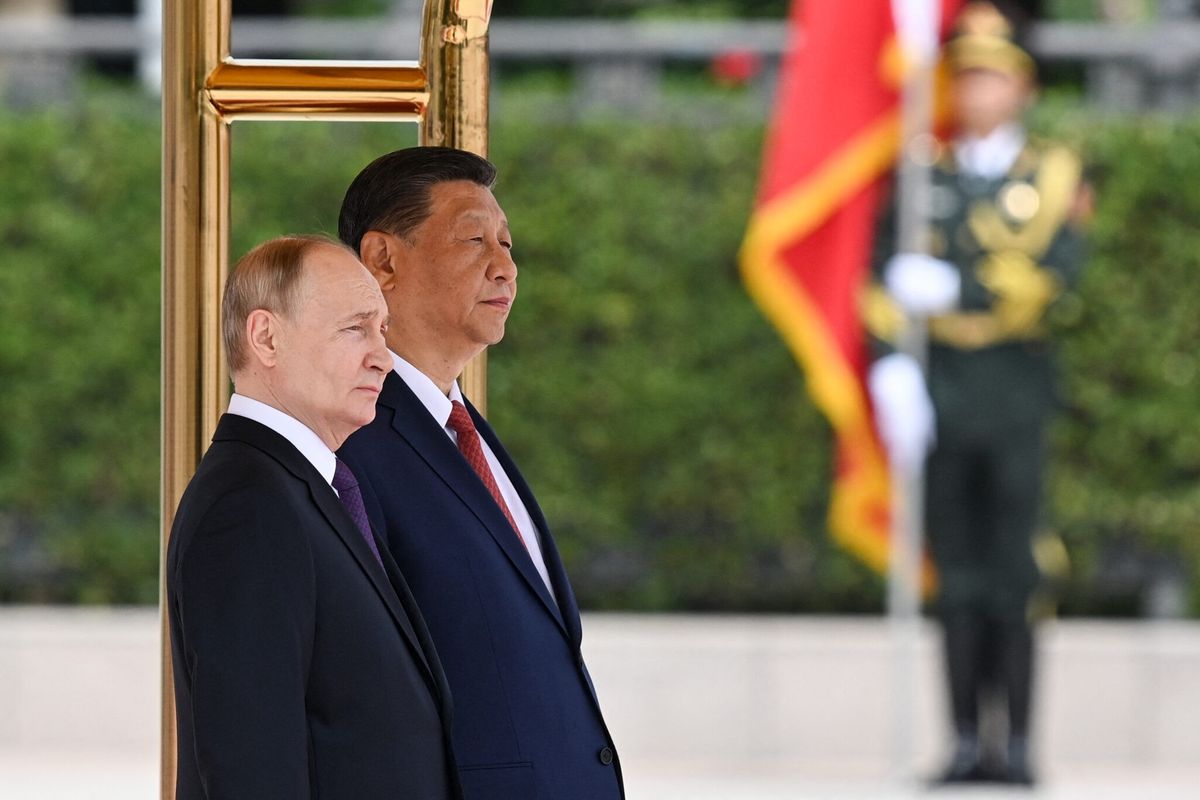Yesterday, at 5:30am Pyongyang time, North Korea achieved what, as little as two years ago, many experts thought was impossible: it test launched a missile from a submarine that traveled over 500km. This unexpected success is worrisome for several reasons. Aside from the technical leap forward that the test demonstrates, the geopolitical context in which it occurred also matters. Supreme Leader Kim Jong-un ordered the test amidst a confluence of regional events for maximum symbolic impact.
Technical Achievement
As a technical achievement, the launch is significant for several reasons. Since October 2014, North Korea has slowly but surely improved the KN-11 type submarine launched missile in tandem with the new domestically produced Sinpo-class missile submarine. Since early tests of the KN-11 were conducted either on land or from submerged platforms rather than the submarine itself, many experts thought the capability to launch a missile from a submarine was beyond North Korea’s abilities. As successive tests proved to be underwhelming, or even damaging to the submarine, this assessment appeared to be correct. However, this most recent test far exceeded the results of any previous attempt. By traveling 500km, the missile entered Japan’s Air Defense Identification Zone, only weeks after an earlier test of the land-based Nodong missile also entered Japanese air space and landed in Japanese waters.
While the payload size of the KN-11 is unknown, experts believe North Korea intends to fit a nuclear warhead to the missile. This would give North Korea a second-strike nuclear capability that would allow it to retaliate with nuclear force if the homeland were attacked. Additionally, the solid fuel technology successfully demonstrated in the KN-11 could be transferred to land based missile types. As solid fuel missiles require less pre-launch preparation, successful defensive measures are more difficult to employ. North Korea’s technical abilities have often been underestimated. This test is a prime example.
Geopolitical Context
The timing of the test was chosen as a response to several events happening concurrently in the region. On Monday, the United States and South Korea commenced the annual Ulchi Freedom Guardian war games. The drills, which frequently draw condemnation from Pyongyang, earned an especially stern statement this year. North Korea’s KCNA media outlet stated, “the U.S. and South Korea should bear in mind that if they show the slightest sign of aggression, North Korea would turn the South into a heap of ashes through a Korean-style pre-emptive nuclear strike."
The KN-11 test also came on the eve of the trilateral security summit among China, Japan, and South Korea, which kicked off Wednesday. Following the test, representatives from all three nations were united in their disapproval over the North Korean provocation. Though there are currently no active denuclearization negotiations, all three countries have stated their commitment to a nuclear weapons-free Korean Peninsula.
For the U.S., the third issue in play, the deployment of the THAAD missile defense system in South Korea, may be the most difficult policy challenge. While it has long petitioned to place the system in South Korea, Seoul’s recent acceptance of deployment may have occurred at a bad time vis-à-vis relations with China. While China condemns North Korean nuclear and missile tests, it also condemns the deployment of THAAD, because the system’s advanced radar could be used to gather intelligence. Since the decision to deploy THAAD occurred concurrently with the international court ruling against China’s territorial claims in the South China Sea, Beijing is unlikely to back up its words with action against Pyongyang in the near future. While the THAAD deployment appears to be a necessary hedge against advancing North Korean capabilities, the detrimental political ramifications have yet to fully play out.
Beijing’s reluctance to take action on North Korea may already be playing out. Trade between China and North Korea in minerals, oil, and other goods banned by the UN sanctions put in place after the 4th nuclear test earlier this year, appear to have increased in the past couple of months. While China initially appeared to uphold the sanctions, recent trade data suggests that it has grown lax. Given the shared border and historical economic ties, China is in the strongest position to carry out the sanctions that are meant to deprive the regime of the cash necessary to pursue its nuclear and missile development programs. It will be important to see how cross-border trade continues to change in the wake of the THAAD deployment decision.
Conclusion
While North Korean missile tests seem to have become common place under Kim’s leadership, they are often planned to carry a specific message. By conducting this successful test amidst a perfect storm of events aimed against it, North Korea showed that it has no intention of abandoning its defiant streak of provocations against international norms. The question the U.S. and other stake holders still cannot answer is: how do we convince North Korea to stop when it keeps succeeding?
Will Edwards is an international producer at The Cipher Brief.









